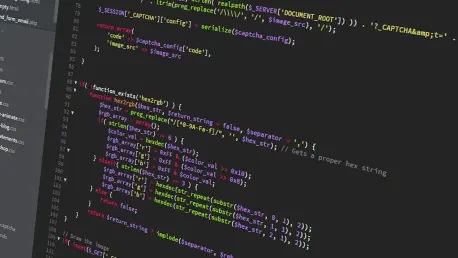
In an era where a strong online presence can make or break a business, Insight Multimedia stands out as a beacon of digital excellence. Based in Cork and Dublin, Insight Multimedia offers a comprehensive suite of web design, development, and SEO services that are meticulously crafted to meet the

Blockchain development, often seen as a complex and labor-intensive domain, is currently undergoing a significant transformation thanks to Qubetics' QubeQode Integrated Development Environment (IDE). This innovative tool harnesses the power of Artificial Intelligence (AI) to streamline and simplify

The integration of Generative AI into low-code/no-code (LCNC) software development platforms is profoundly transforming the software development process. These platforms aim to simplify and expedite the software development cycle by allowing users to create applications without extensive

In the dynamic world of web development, staying updated with the latest trends is crucial for businesses aiming to thrive in the digital landscape. As technological capabilities and user expectations rapidly evolve, so too must web development practices. By 2025, several key trends are expected to

The advent of artificial intelligence (AI) has disrupted various sectors, particularly the tech industry, where it has instigated discussions about its long-term effects on job markets, specifically for programmers. Initial trepidations about AI making human coders redundant have gradually given

Wix’s Bold Leap into AI-Driven Web Development In recent years, Wix.com Ltd. (WIX) has significantly elevated its standing in the arena of web development with progressive, AI-driven strategies that continue to push the envelope. Headquartered in Tel Aviv, Israel, the cloud-based web development